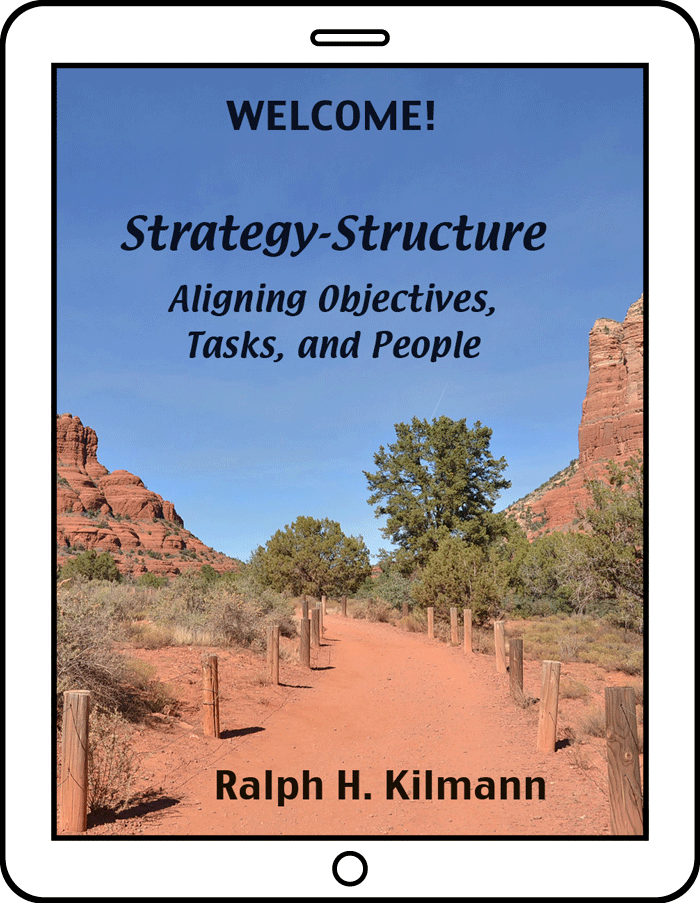
How to combine this online course with live discussions
The members of the same work group (whether a department, task force, project group, cross-functional team, or process improvement team) will gain extra benefits from taking any of our online courses AS A GROUP. Rather than members of an organization taking our online courses separately and thus independently, learning key principles and practices with your workplace colleagues will not only enhance what every member learns from our online courses, but will also make it much easier to apply what is learned back on the job—where it counts.
Basically, when all group members (1) learn the same language and the same concepts, (2) review the same assessment tools and their personalized results, (3) analyze and discuss the same business cases, and (4) follow the same guidelines for effective behavior—BECAUSE all these principles are fully shared in the group, they are more likely to be put into practice when challenging problems and conflicts appear in the workplace.
On this page, I outline how a work group can take full advantage of all the valuable materials in the Strategy-Structure Course. The unnumbered paragraphs describe what members are asked to do on their own, such as watch the course videos, take assessment tools, or complete work sheets in their course manual. Meanwhile, the numbered paragraphs provide the detailed steps for learning the material through face-to-face or virtual group meetings. Depending on the unique circumstances and needs of each group, this process for blended learning can be adjusted or expanded.
THE DETAILED STEPS
All members—on their own—watch the first few video sections in the course, which covers pages 1 to 23 in the Course Manual for Strategy-Structure. In a sixty-minute meeting, members address these numbered paragraphs:
1. As a group, members share their understanding of the Big Picture, including the eight tracks that are intended to transform all identified barriers to success into channels for success—across all the systems and processes in the organization. Members remind themselves of the particular sequence of eight tracks and how each earlier track sets the foundation for successfully completing the next track. Since the strategy-structure track (and the reward system track) address the formal systems in the organization, members discuss why the first three tracks must already have removed the barriers in the informal organization (the quantum infrastructure) before the work on the strategy-structure track will achieve its potential. In addition, the members share their understanding of the five stages of quantum transformation and why it’s so important that a critical mass of leaders/managers, who have initiated the eight track program, must ensure that a systematic, thorough, and impartial diagnosis be conducted, which then allows the eight tracks to be scheduled and implemented in a manner that will effectively address the specific needs and expectations of both internal and external stakeholders.
2. Members then review the goals of the strategy-structure and reward systems (on pages 7 and 8), to see the interconnection between these two types of formal systems. Members discuss the reasons why broad participation in self-designing and self-managing the formal systems is essential for expanding the self-aware consciousness of all employees—rather than their surrendering to some external force, whether senior consultants or top managers, who dictate changes in the formal systems from above to the disempowered workers below them.
3. Members next consider why formal documents are needed in the first place, rather than merely relying on human memory, faith, hope, and good will. This discussion can include how documents also serve to guide the behavior of many people simultaneously, so everyone’s efforts and talents are moving in the same direction, efficiently and effectively, and are thus aligned for long-term organizational success. Members then make sure they understand why different documents are needed in different forms to help different people working on different tasks with different goals in mind. On this point, members should acknowledge that strategy documents answer the basic question: “Where are we headed?” Similarly, members then acknowledge that structure documents answer the basic question: “How are we going to get there?”
4. Once group members understand the key differences between strategy questions and structure questions, they begin discussing what it means to have a strategic plan that’s not only thoroughly engaging and inspiring, but is also firmly grounded in up-to-date, valid assumptions concerning what all key internal and external stakeholders need and want. Members should also realize that to develop a strategic plan with these qualities requires the effective use of the collaborative mode on the TKI Model’s integrative dimension, so radically different points of view about strategic plans can be synthesized in a win/win manner for all key stakeholders.
5. Members now discuss the structural side of the equation: How to redesign the organization to achieve an inspiring, engaging, grounded, and synergistic strategic plan. Members share their understanding of the structural links—the line of sight—between every job in a work group and the strategic plan for each business unit (or for the whole organization). If all employees do not see the various links between what they do and how their efforts contribute to achieving strategic plans, these “broken links” will serve to disengage their spirit and undermine their sense of purpose.
6. Members conclude this sixty-minute meeting by reviewing the cellular strategy-structure unit, which consists of objectives, tasks, and people. The “line of sight” of the SST links is shown on page 20, which portrays the alignment challenge among the objectives, tasks, and people in every work unit in the organization, across all hierarchical levels. Lastly, members share their understanding of these alignment issues, before moving on to address the more complex alignment issues in the following sections of the course.
On their own, group members view the next two video sections of the course, Designing Boundaries, Aligning the Organization, on pages 24 to 39 in the course manual. In a thirty to forty-five-minute meeting, members discuss these numbered paragraphs:
7. Members share their experiences of being held responsible for getting a certain job or project done, and yet the necessary inputs, information, and resources are located outside their work group. Members should give examples of the wasted time and energy (and road blocks) from trying to complete such a project in an efficient and effective manner. Members might also discuss how setting up various tasks forces, committees, project teams, or cross-functional groups can somewhat ease the challenges of working across formal boundaries, but members should also acknowledge the many time-consuming conversations and extra negotiations that take place in cross-boundary meetings. Members should consider whether the many layers of managers in the hierarchy further encumber getting the primary work done. Perhaps members could also discuss how all the layers of management support the development of little fiefdoms, which further slows down the essential decision-making and action-taking processes in the organization.
8. Members review the nature of task flow, as shown on page 27. Perhaps members can share numerous examples of each of the three types of task flow: pooled, sequential, and reciprocal. Then members should consider the various consequences of trying to get a job or project done, depending on which kind of task flow is assigned within a work unit versus across two or more work units. Indeed, members should spend some time on page 28, so they clearly understand the striking differences between the best case and worst case for forming subunit boundaries around task flow. This would be a good time for members to share their personal experiences in having previously worked in these two different subunit arrangements, including why it’s so much easier to manage sequential and reciprocal task flow when it is contained within, rather than spread across, subunit boundaries.
9. Members discuss another important way to align the organization for long-term success (besides clarifying the strategy-structure links from every job to the strategic plan and containing sequential and reciprocal task flow, as much as possible, within every subunit): The particular type of design of each major subunit (bureaucratic, innovative, informal, or adaptive) must fit with the requirements of the external environment (stable, patterned, segmented, or dynamic) as well as fit with the different types of cognitive preferences (strengths) of the people in the organization (ST, NT, SF, or NF). Members should make sure they understand the fundamental concepts of differentiation and integration: different environments need different designs staffed by different people, and then various mechanisms are needed to integrate the differentiated pieces into a functioning whole.
10. Once members are crystal clear about the need for differentiation and integration, they can consider what physical, human, informational, and financial resources must be allocated to each submit in order to set an organization design (strategy-structure) into motion.
11. As a summary, members review the ten action steps for designing strategy-structure, which are shown on page 35. Do members see all the various alignment issues involved in moving from a strategic vision to orchestrated action? Understanding these ten steps helps to organize the very complex problem of strategy-structure into a manageable (feasible) process.
12. As another way of demonstrating the many alignment issues that drive long-term organizational success (as summarized in the foregoing ten action steps), members now discuss the relationships among the strategic interface, structural interface, and job interface, as captured by the illustration on page 36, and then explained in further detail on the following three pages. Members might provide a few examples of the various disconnects across the three interfaces that can impede effectiveness, efficiency, and satisfaction.
On their own, members watch the next video section, Revisiting Problem Management, on pages 40 to 51 in the course manual. If members have recently completed ADVANCED Training in Conflict Management and have already discussed their understanding of the five steps and errors of problem management, along with decision trees, problem forests, and the Problem Management Organization (PMO), they can skip to the next video section, Exploring the SST Forest, as described below. Otherwise, in a thirty-minute meeting, the members discuss these numbered paragraphs:
13. Members review their understanding of the five steps and errors of problem management, with particular focus on the two most complex steps and errors: defining problems and implementing solutions. The members should appreciate why these two steps can only be conducted successfully if the collaborating mode is used on the integrative dimension on the TKI Conflict Model. To demonstrate their understanding, members provide examples of how different errors in problem management have previously derailed their efforts, wasted their time, and undermined the results.
14. Members review the crucial differences between a simple vs. a complex problem, by making use of decision trees, including the entangled roots (assumptions) below the surface. Such a discussion then sets the stage for appreciating a problem forest of many trees (especially for a very complex problem, such as designing and aligning strategy-structure). Members then discuss two different systems for determining which trees in the forest are worthy of consideration: the Lockean Inquiring System (based on agreement) and the Hegelian Inquiring System (based on disagreement). Members should look at the two kinds of problem forests, on pages 46 and 47, respectively, to make sure they understand the crucial differences between quickly focusing on the common (obvious) trees in the middle of the problem forest and actively debating the extreme (unusual) trees by the edges of the problem forest.
15. Members next discuss why only a Problem Management Organization (PMO) can succeed in exploring the whole forest of decision trees for an organization’s most complex and important problems (such as strategy-structure and the reward system), which will allow the formation of C-Groups (Conclusion Groups) and an S-Group (Synthesis Group) to conduct a thorough assumptional analysis, especially for defining strategy-structure problems and implementing strategy-structure solutions. The meeting in this section ends when members acknowledge that the first three tracks of quantum transformation must already have established the behavioral—quantum—infrastructure before any PMO can possibly function as intended.
On their own, group members watch the next video sections, Exploring the SST Forest, Organizing the SST Groups, Closing Strategy-Structure Gaps, and Reviewing Assumptional Analysis, on pages 52 to 135 in the course manual. If members will be going through the actual process of the strategy-structure track within a PMO, a facilitator will guide the process and schedule the time for group meetings as needed. But if members are going through this material to learn how the process will possibly be conducted at some point in the future, they’ll now participate in a sixty-minute meeting to review these numbered paragraphs:
16. Members discuss how the strategy-structure track would proceed by first having everyone review the diagnostic report developed by external consultants during Stage 2 of quantum transformation. Members would also consider what additional strategy-structure gaps might have emerged since the time the diagnostic interviews were first conducted. Members then acknowledge that top management would be asked to stipulate if there are any constraints or restrictions that the participants in the strategy-structure track could not redesign, whether those restrictions involved certain aspects of the current strategic plan and/or the current structural design of the organization. Sometimes, existing union contracts or other legal requirements must be honored in the short term. But in the long term, every aspect of strategic planning and organization structure are negotiable—and thus changeable.
17. Members review the eight steps for a group discussion, which is shown on page 54. With these steps in mind, members review the Work Sheets on Exploring the SST Forest, which are on pages 55 to 66 in the manual. These work sheets provide the space for members to identify the most important strategy gaps and structure gaps, which conclude with a set of integrating categories that will be assigned to the designated C-Groups in the PMO. At this time, members can also review the Process Observer Form, on pages 67 to 70, which is used during a number of SST Group discussions in order to ensure that all the diverse wisdom and talent in the C-Groups and the S-Group are fully available for all complex subjects.
18. Members review the official guidelines for developing each C-Group into a well-functioning team, as shown on page 73, followed by the mission of the S-group on page 74. Then the members review the Work Sheets on Organizing the SST, which concludes with each C-Group choosing its primary representative to the S-Group, including, just in case of need, a backup representative. Members should share their understanding of these action steps and work sheets.
19. Members review and discuss the Work Sheets on Closing Strategy-Structure Gaps with Assumptional Analysis. Again the purpose is for members to make sure they understand how the process would work, if they filled out these work sheets during an actual assumptional analysis—pertaining to an “initial conclusion” about a strategic plan or a structural design, or relating to the implementation of either formal system in their organization. Since these work sheets, on pages 85 to 108, are rather extensive and detailed, sufficient time should be taken in the group meeting to understand all the steps in the process of assumptional analysis.
20. Regarding the latter, if members have not taken the Critical Thinking Course, or if it has been a while since that course was taken and discussed as a group, members should discuss the last major section of this course, Revisiting Assumptional Analysis, which is on pages 109 to 135 in the manual. Indeed, discussing both the “Work Sheets on Closing Strategy-Structure Gaps” along with the pages on “Revisiting Assumptional Analysis” should provide members with a solid foundation for understanding the most complex aspects of conducting the strategy-structure track.
On their own, members can take the optional Final Exam for Strategy-Structure. Although Kilmann Diagnostics does not award a “certificate of achievement” for this course, receiving a score of 88 or more points (out of 100 possible points on twenty-five, multiple-choice questions) signifies that members have passed the exam and have thus learned the material.
NOTE: The optional Final Exam for every course can be taken as many as five times, since its purpose is to encourage members to learn the material—not to add stress to their life. However, if someone else purchased these courses for the group, the sponsor (for example, the employer) might require group members to pass each exam as an indication that they’ve learned the material. But Kilmann Diagnostics will not share any exam results if a member happens to score less than 88 points on any occasion for any course. We’ll only inform the sponsor when members pass their exams. Click to see Sample Questions on Each Final Exam.




